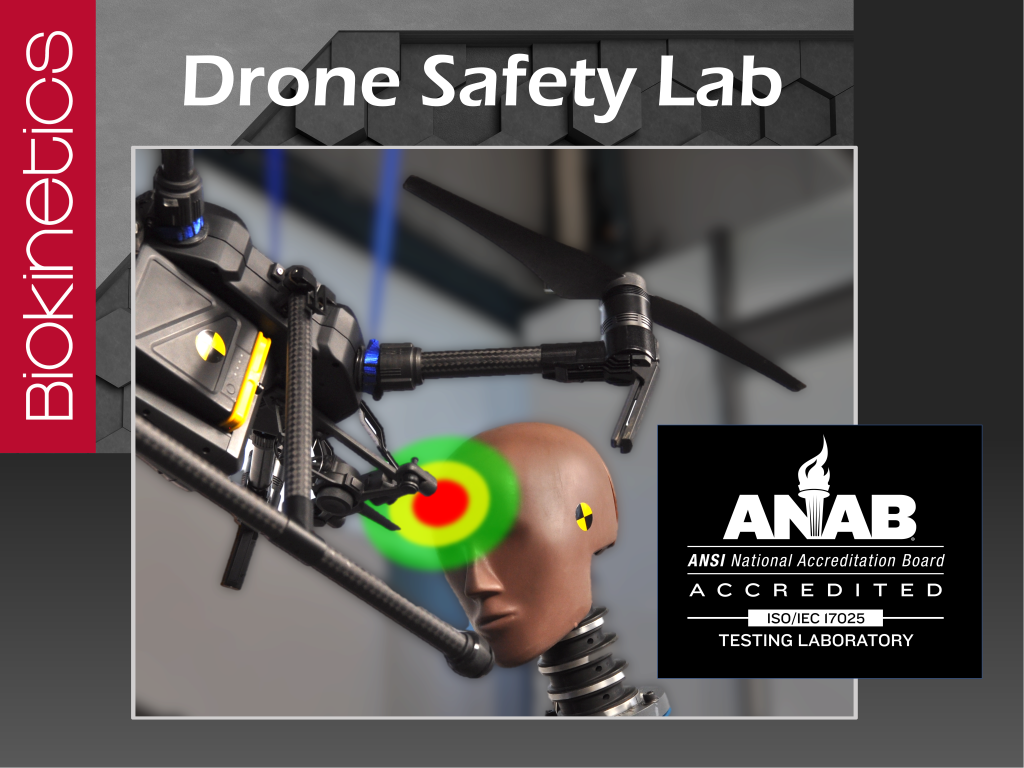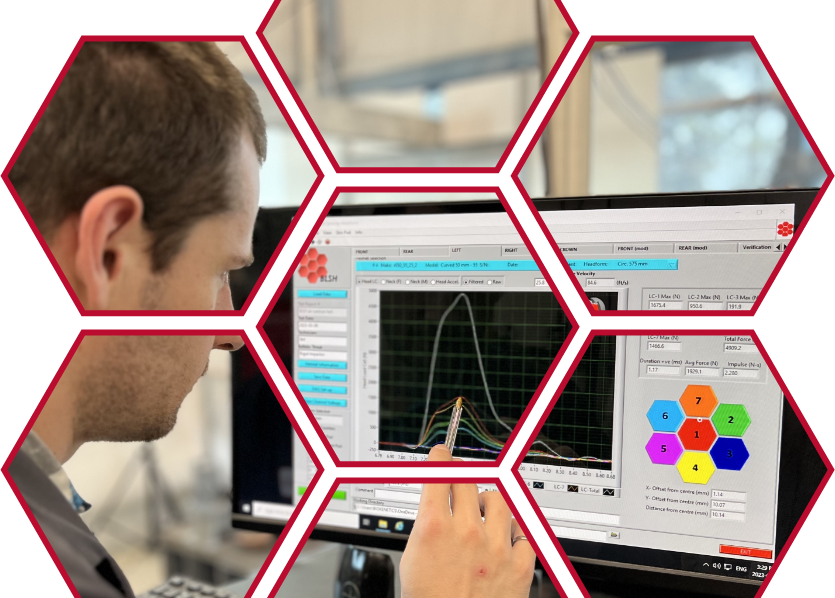
With the commercial use and application of drones seeing increased interest across North America and Europe over recent years, regulatory bodies have faced the challenge of rapidly adopting and implementing safety standards that allow for optimal performance and the protection of civilians. Unmanned aerial vehicles (UAVs) have plenty of benefits for distributors to make use of, but in order to ensure their reliability, safety, and effectiveness, thorough testing and evaluation measures are crucial.
Below, we’ll take a look at the importance of drone testing, as well as common types of standardized testing that are conducted to build the safest (flight) path forward. Read on to learn more!
Why Does Drone Testing Matter?
As we mentioned above, drones have become increasingly popular for commercial applications thanks to their efficiency and ability to remove the need for extra manpower to facilitate transport or operations. With usership on the rise, regulatory compliance is crucial for risk mitigation and the optimization of drone performance. Testing helps to identify existing risks, as well as shape the future of drone technology by removing ambiguity, assessing reliability and providing dependable data to build upon.
Drone testing is particularly vital in industries where there is a much higher risk of harm, such as when being used for defence or aerospace purposes. In such cases, drones are used for highly technical and hazardous endeavours. While there is an undeniable benefit to being able to remove a human operative from the front line of harm, there are also significant civilian risks associated with reconnaissance and offensive measures. Testing is essential to understanding the capacity and limitations of drones, as well as understanding how to best use them to the benefit of all parties involved.
Types of Drone Testing
There are several different types of drone testing, each of which focus on different attributes and considerations. Key areas of evaluation include:
Functionality
Functionality testing focuses on the core features of the drone, including flight controls, data transmission, payload systems, communication protocols and more.
Performance testing
Performance testing assesses speed, endurance and agility to ensure the unit is able to perform as intended with minimal issues.
Environmental testing
Climate and environmental factors can put strain on drone systems and pose a heightened risk if units are unable to sustain safe flight/operation in the face of changing conditions. Wind resistance, humidity, vibration, altitude and electromagnetic interference are all potential hazards to be analyzed in order to guarantee that the drone is capable of operating in adverse conditions.
Safety testing
Safety testing is a necessity and regulatory obligation regardless of the capacity or environment a drone will be operating. A thorough evaluation is undertaken to assess the drone’s fail-safe mechanisms, emergency procedures, obstacle detection and avoidance systems, and comprehensive risk mitigation strategies.
This is by no means an exhaustive list of testing varieties, and units operating within highly specific circumstances may be subject to additional testing measures tailored to their unique purposes.
Common Testing Challenges
As with any complex safety testing, drone evaluation is not without its share of challenges when it comes to standardizing results. Common challenges include:
Integrating Drone Operating Systems
Drones utilize multiple systems, sensors and software during operation, and creating a standardized form of regulation for the wide array of complex systems in place can be exceedingly difficult.
Regulatory Compliance
Drone testing must be specifically tailored to adhere to, and address the concerns and rules levied by regulatory organizations. Results must also clearly display how units abide by existing standards and be adaptable to continuous changes as new safety risks become known.
Scalability – Adaptability
Drone technology continues to evolve at a rapid pace, and regulators, manufacturers, and testers need to be able to seamlessly adapt to and integrate new platforms, configurations, and payloads. Scalable testing methods allow for efficient evaluation and validation of emerging drone technologies, allowing users to benefit faster.
Drone Testing with Biokinetics
As drone technology continues to evolve, the team at Biokinetics understands the importance of reducing the risk of unintended impact injuries to people with trusted testing methods. We are well equipped to the meet the test requirements of the FAA (14 CFR Part 107) and the ASTM (F3389-21) with confidence and reproducibility in our ISO 17025 accredited Drone Safety Lab. For over 45 years, our team of biomechanical engineers has partnered with clients to provide comprehensive full-scale testing and assessment services for drones, as well as accident reconstruction services, ballistic testing, sports injury research and prevention assessment, and more. Learn more about our drone testing services and our entire range of testing and consulting offerings by contacting our team today!

